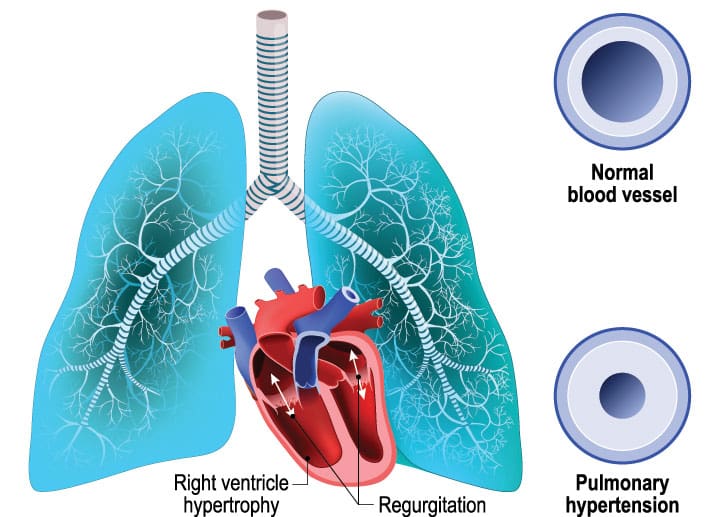The World Health Organization estimates that by 2050, antimicrobial resistance (AMR) will cause as many as 10 million deaths globally. Not only does AMR lead to increased mortality; it also lengthens hospital stays and drives up healthcare costs. AMR isn’t just a clinical issue: Up to 70% of the antibiotics prescribed in the United States are used on healthy livestock. As a result, multidrug-resistant microbes increasingly are being documented in our food and water supplies.
Frances Hughes, ONZM, DNurs, FANZCMHN, FNZCMHN, RN, chief executive officer of the International Council of Nurses, identifies nurses as playing a critical role in antimicrobial stewardship—the coordinated effort to promote appropriate use of antimicrobials (including antibiotics) and decrease infections caused by multidrug-resistant organisms. According to Hughes, nurses first and foremost educate the public, dispelling myths about effective, evidence-based care delivery. She also views nurses as advocates for legislative change, promoters of evidence-based infection prevention and control practices, and purveyors of patients’ adherence to antimicrobial treatment and correct antibiotic use.
In March 2015, the White House launched the National Action Plan for Combating Antibiotic-Resistant Bacteria, which provides a guide to combating AMR. The interagency plan outlines federal activities over the next 5 years to enhance domestic and international efforts to prevent and contain outbreaks of antibiotic-resistant infections. National action plan goals include:
1. Slow the emergence of resistant bacteria and prevent the spread of resistant infections.
2. Strengthen national “one-health surveillance” efforts to combat resistance.
3. Advance development and use of rapid and innovative diagnostic tests to identify and characterize resistant bacteria.
4. Accelerate basic and applied research and development for new antibiotics, other therapeutics, and vaccines.
5. Improve international collaboration and capacities for antibiotic resistance, prevention, surveillance, control, and antibiotic research and development.
As a result of the national plan, the National Quality Forum (NQF), of which the American Nurses Association (ANA) is a member, introduced a series of webinars and social media initiatives to guide action and implementation (spearheaded by the National Quality Partners). NQF articulated the following framework for goals 1 and 2:
• Slow the emergence of resistant bacteria and prevent the spread of resistant infections.
• Establish antibiotic stewardship programs in all acute-care hospitals and improve stewardship across all healthcare settings.
• Reduce inappropriate antibiotic use by 50% in outpatient settings and 20% in inpatient settings.
• Establish State Antibiotic Resistance Prevention Programs in all 50 states.
• Strengthen national “one-health surveillance” efforts to combat resistance.
• Create a regional public health network for resistance testing.
• Establish routine reporting of antibiotic use and resistance data to the National Healthcare Safety Network by 95% of Medicare-eligible hospitals and Department of Defense and Veterans Affairs healthcare facilities.
ANA historically has advocated for appropriate antimicrobial use based on the most current evidencebased practices. The 2004 ANA House of Delegates fully supported disclosure by meat and poultry producers regarding pharmaceutical use, and advocated educating RNs on the nontherapeutic use of antibiotics by the agriculture industry. Over the past several years, ANA has collaborated with other stakeholders to address catheter-associated urinary tract infections (CAUTIs) and central line-associated bloodstream infections. Infection control through evidence-based prevention is critical to minimizing AMR.
ANA currently is working with the Centers for Disease Control and Prevention to identify and articulate avenues by which nurses currently play an important role in reducing AMR incidence, as well as to form strategies to increase nurse engagement and leadership in this critical work. For information on ANA’s work on the CAUTI toolkit, visit nursingworld.org.
For five key ways nurses can influence antibiotic use, read “Antibiotic stewardship for staff nurses.”
Sharon A. Morgan is a senior policy advisor in Nursing Practice & Work Environment at the American Nurses Association.


















